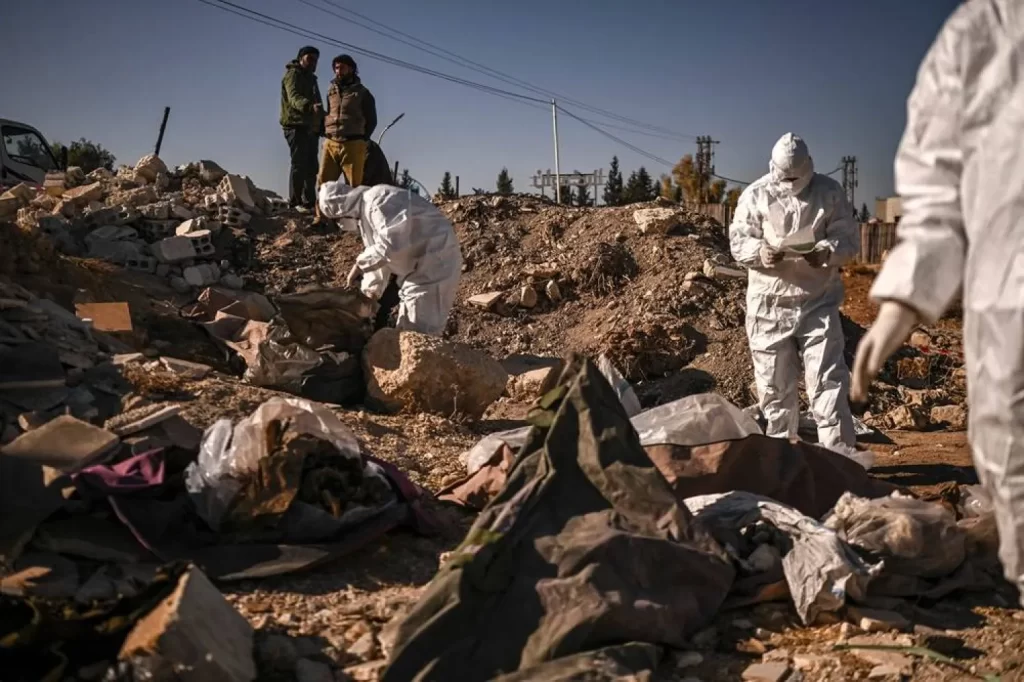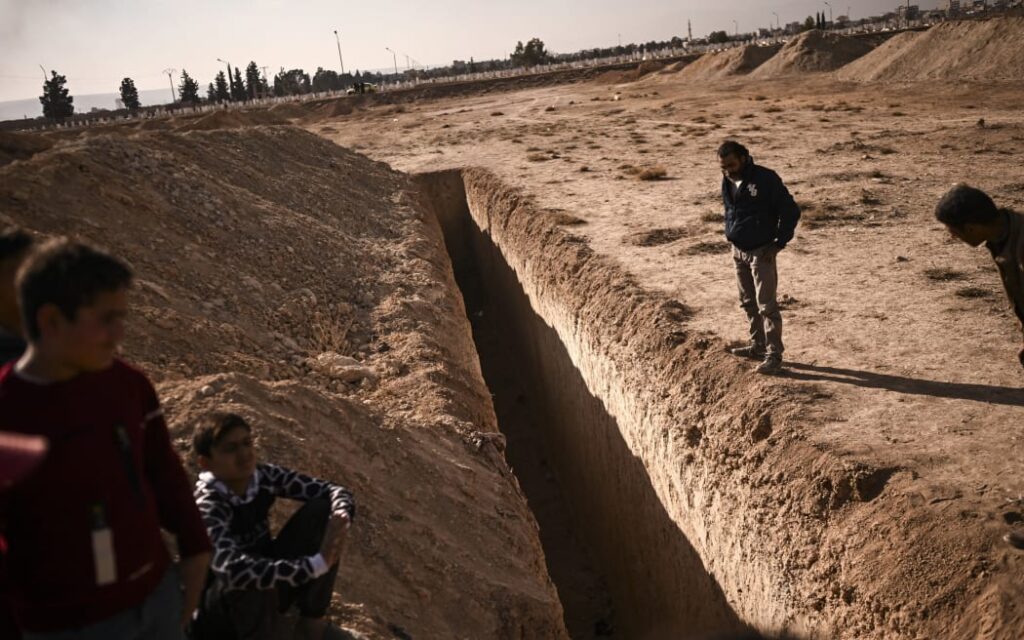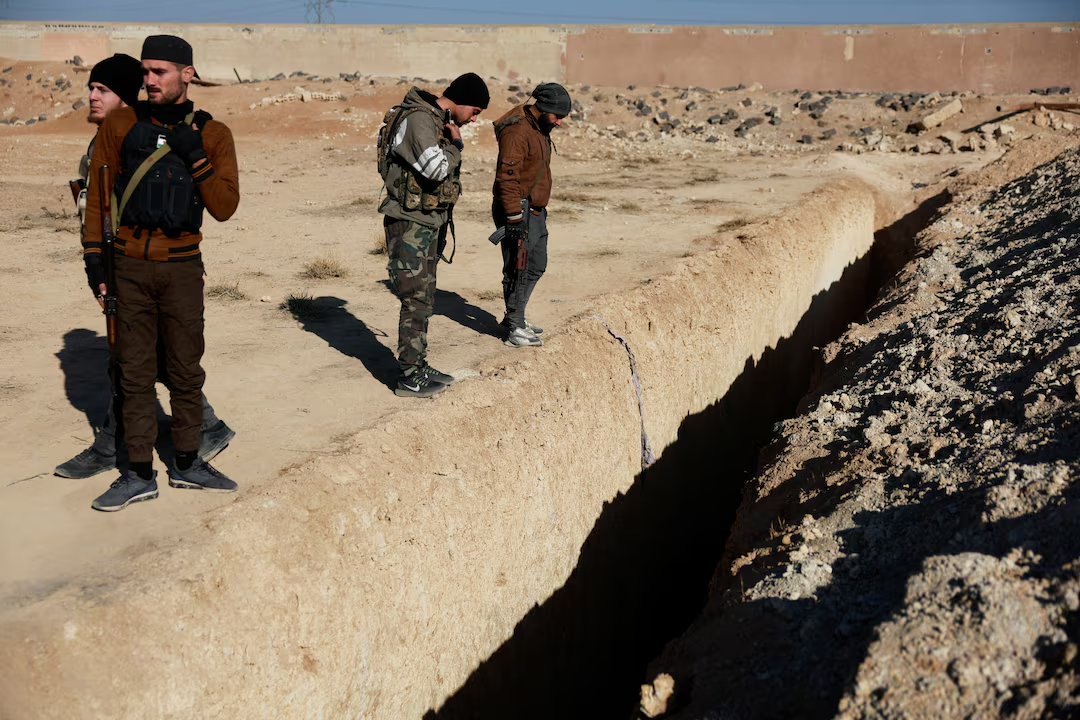A mass grave near Damascus contains the remains of at least 100,000 people killed under the regime of ousted President Bashar al-Assad, the head of a U.S.-based Syrian advocacy organization said Monday.

Mouaz Moustafa, executive director of the Syrian Emergency Task Force, told Reuters in a phone interview from Damascus that the site at al-Qutayfah, about 25 miles (40 km) north of the Syrian capital, represents only a fraction of the mass burial sites scattered across the country.
“One hundred thousand is the most conservative estimate,” Moustafa said, describing the figure as “an almost unfairly conservative number.” He added that additional graves likely exist and include the remains of Syrians as well as U.S., British, and other foreign nationals.
Reuters was unable to independently verify the claims.

The Syrian conflict, which erupted in 2011 after Assad’s government violently suppressed pro-democracy protests, has resulted in hundreds of thousands of deaths and widespread atrocities. The crackdown escalated into a brutal civil war, leaving mass executions, disappearances, and systemic torture as defining elements of the regime’s rule.
Both Assad and his late father, Hafez al-Assad—who ruled Syria until his death in 2000—have been accused by human rights organizations and foreign governments of overseeing extrajudicial killings and operating a notorious prison system rife with abuse. Assad has consistently denied allegations of human rights violations, portraying his opponents as extremists.
Syria’s U.N. Ambassador Koussay Aldahhak, who assumed his role in January, did not immediately respond to requests for comment. Last week, Aldahhak stated he was awaiting guidance from the new Syrian authorities following the collapse of Assad’s government.

Moustafa arrived in Syria after Assad fled to Russia as rebel forces advanced swiftly, ending the Assad family’s decades-long rule. He spoke after visiting the al-Qutayfah site with Britain’s Channel 4 News, which reported on the discovery of the mass grave.
According to Moustafa, Syria’s air force intelligence unit oversaw the systematic transfer of bodies to burial locations. Victims were transported from military hospitals, where many had died under torture, to mass grave sites. He said the Damascus municipal funeral office played a role, using refrigerated tractor-trailers to transport the remains.

“We were able to talk to people who worked on these mass graves—individuals who escaped Syria or whom we helped to flee,” Moustafa said. His group has interviewed bulldozer drivers who were forced to dig mass graves, often ordered to compact bodies to fit more remains into burial pits before covering them with soil.
Moustafa emphasized the urgency of preserving these sites to safeguard evidence for future investigations into war crimes. He expressed concern that, without proper protection, critical evidence could be lost or destroyed.



